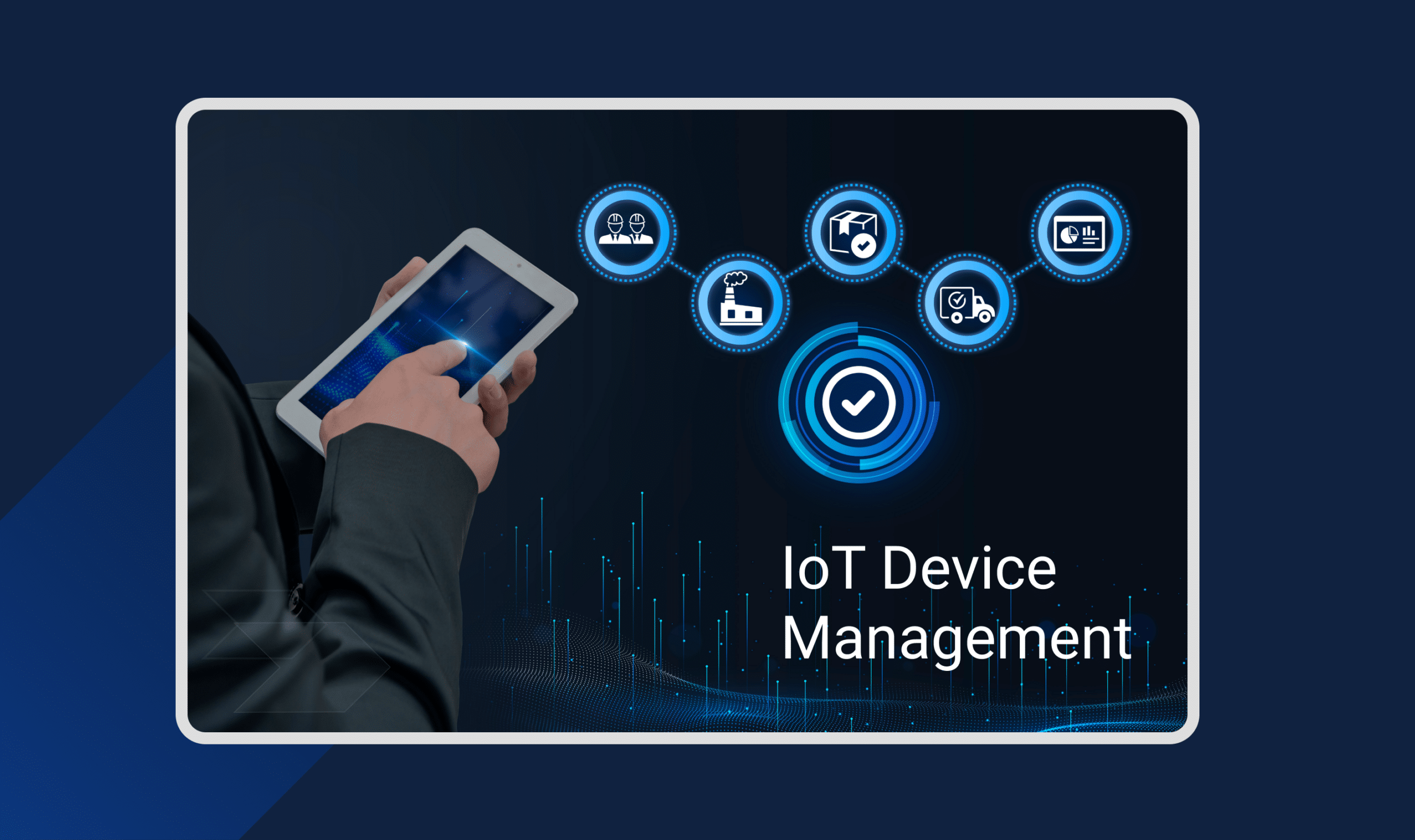
The Internet of Things (IoT) has revolutionized how devices communicate, allowing businesses to automate operations, enhance efficiency, and collect real-time data. However, managing a growing network of connected devices presents challenges in security, performance, and maintenance. This is where IoT device management plays a crucial role.
IoT device management refers to the processes, tools, and technologies used to provision, monitor, maintain, and secure IoT devices throughout their lifecycle. It ensures that devices operate optimally, remain secure, and seamlessly integrate within an IoT ecosystem.
In this blog, we will explore the key aspects of IoT device management, its benefits, challenges, and how businesses can implement an effective strategy.
Key Components of IoT Device Management
a. Device Provisioning and Configuration
Provisioning is the initial setup of an IoT device, ensuring it is correctly configured and authenticated before connecting to the network. This involves:
- Assigning unique device identities
- Establishing secure connections
- Configuring initial settings and operational parameters
b. Remote Monitoring and Diagnostics
Continuous device monitoring is essential for maintaining performance and detecting issues. An IoT device management platform provides real-time insights into:
- Device uptime and performance metrics
- Battery and energy consumption
- Network connectivity and signal strength
Remote diagnostics reduce downtime and minimize physical intervention, enhancing operational efficiency.
c. Firmware and Software Updates
Regular firmware updates keep IoT devices secure and functional. IoT device management enables:
- Remote firmware upgrades to improve performance
- Bug fixes and feature enhancements
- Security patches to protect against vulnerabilities
d. Security and Compliance Management
Security is a major concern in IoT ecosystems, where millions of connected devices can be exploited by cyber threats. Effective IoT security management includes:
- End-to-end encryption for secure data transmission
- Access control mechanisms to prevent unauthorized access
- Regulatory compliance with GDPR, HIPAA, and ISO 27001
e. Device Decommissioning
Proper decommissioning at the end of a device’s lifecycle prevents security risks. This process involves:
- Securely erasing sensitive data
- Disconnecting the device from networks
- Recycling or repurposing hardware to reduce e-waste
Benefits of IoT Device Management
a. Enhanced Operational Efficiency
By automating device provisioning, monitoring, and updates, businesses can improve efficiency and reduce manual efforts.
b. Strengthened Security
With real-time threat detection and automated security updates, IoT device management reduces cyber risks and protects sensitive data.
c. Reduced Maintenance Costs
Remote device management minimizes the need for on-site servicing, lowering operational costs while ensuring continuous performance.
d. Scalability for Expanding IoT Networks
A well-structured IoT device management system supports scalability, allowing businesses to expand their IoT deployments seamlessly.
e. Data-Driven Decision Making
IoT devices generate valuable real-time data that helps businesses make smarter decisions and optimize operations.
Challenges in IoT Device Management
a. Device Diversity
Managing different IoT devices with varying specifications, operating systems, and protocols complicates standardization.
b. Cybersecurity Threats
Without strong encryption and authentication, IoT devices are vulnerable to cyberattacks, data breaches, and unauthorized access.
c. Network Connectivity Issues
Unstable or weak network connections can disrupt IoT device operations, leading to data loss and inefficiencies.
d. Firmware Compatibility
Deploying updates across multiple device types without causing failures or service disruptions is a key challenge.
How Amazatic’s IoT Device Management Services Can Help
At Amazatic, we offer comprehensive IoT device management solutions to help businesses optimize and secure their IoT infrastructure. Our services include:
- Seamless device onboarding and provisioning
- Real-time monitoring and advanced analytics
- Automated firmware updates and security patching
- Scalable IoT solutions for growing businesses
- Robust security measures to ensure compliance
With Amazatic’s expertise, businesses can enhance IoT security, performance, and efficiency, ensuring seamless device operations.
Conclusion
IoT device management is essential for businesses looking to scale their IoT infrastructure while ensuring security, efficiency, and reliability. By implementing a robust device management strategy, businesses can reduce costs, optimize device performance, and safeguard data.
As IoT adoption continues to rise, investing in a trusted IoT device management platform is key to staying ahead in the digital landscape.
Looking for expert IoT device management solutions? Contact Amazatic today to optimize your IoT ecosystem and drive business growth.

